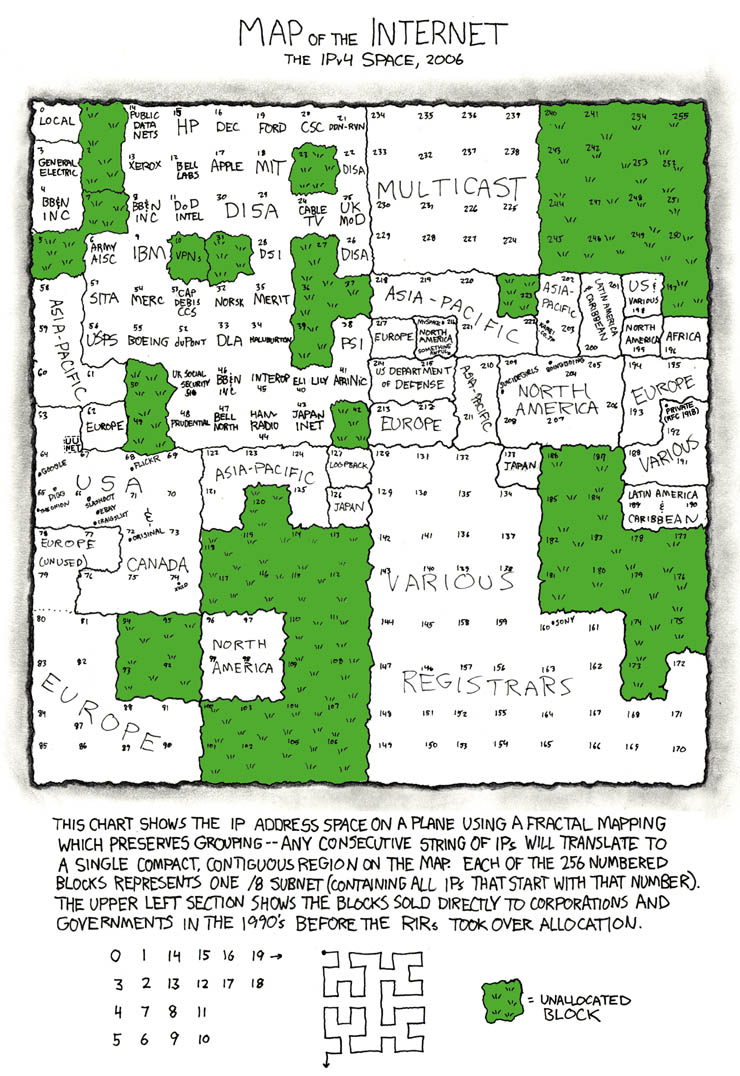There are two significant anniversaries in the equal rights battle for the indigenous peoples of Australia this weekend.
For those outside of Australia this may be a difficult fact to comprehend, but today, Sunday 27th May, is the 40th anniversary of the 1967 national referendum to remove the two sections of the Australian Consitution that discriminated against Indigenous Australians.
Saturday, 26th May, was the 10th anniversary of the release of “Bringing them Home: Report of the National Inquiry into the Separation of Aboriginal and Torres Strait Islander Children from Their Families” which dealt with the forced removal of indigenous children from their parents from the first days of colonisation through to the present day.
On the 9th July 1900 the UK Parliament passed the Commonwealth of Australia Constitution Act 1900 (Wikipedia page) which removed the power of the Federal Parliament to legislate on behalf of the indigenous peoples, saying that the Parliament could pass laws for:
The people of any race, other than the Aboriginal race in any State, for whom it is deemed necessary to make special laws
It also prohibited the indigenous peoples from being counted in any census, Section 127 “Aborigines not to be counted in reckoning population” saying:
In reckoning the numbers of the people of the Commonwealth, or of a State or other part of the Commonwealth, aboriginal natives shall not be counted.
Then, on June 12th 1902, the Commonwealth Franchise Act 1902 (PDF of original) removed the right of all coloured people (except Maoris) to vote, in a section bluntly called “Disqualification of coloured races”, saying:
No aboriginal native of Australia, Asia, Africa or the Islands of the Pacific except New Zealand shall be entitled to have his name placed on an Electoral Roll unless so entitled under section forty-one of the Constitution.
There is a common perception that the 1967 referendum permitted Indigenous Peoples to vote, but that is not the case as the earlier Commonwealth Electoral Act 1962 had already extended voluntary enrollment and voting rights to all Aboriginals (a 1949 act included indigenous people who were enrolled at the State level, basically covering SA, VIC and NSW), but it was not made compulsory (as it had been for other Australians since 1924) until 1984. The Australasian Legal Information Institute has a timeline detailing “Legal Developments Affecting Indigenous People” in beta at the moment.
Sadly, this is bittersweet anniversary as the average life expectancy for an indigenous person is still around 17 years less than a settler, according to a recent WHO report. As the primary author on the section for Australia, Dr Lisa Jackson Pulver, told the ABC:
For example, Indigenous babies born today can expect to live only as long as people in Australia 100 years ago.
Australia is now officially the worst wealthy country in the world for Indigenous health. It is a shameful record.




